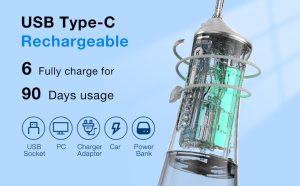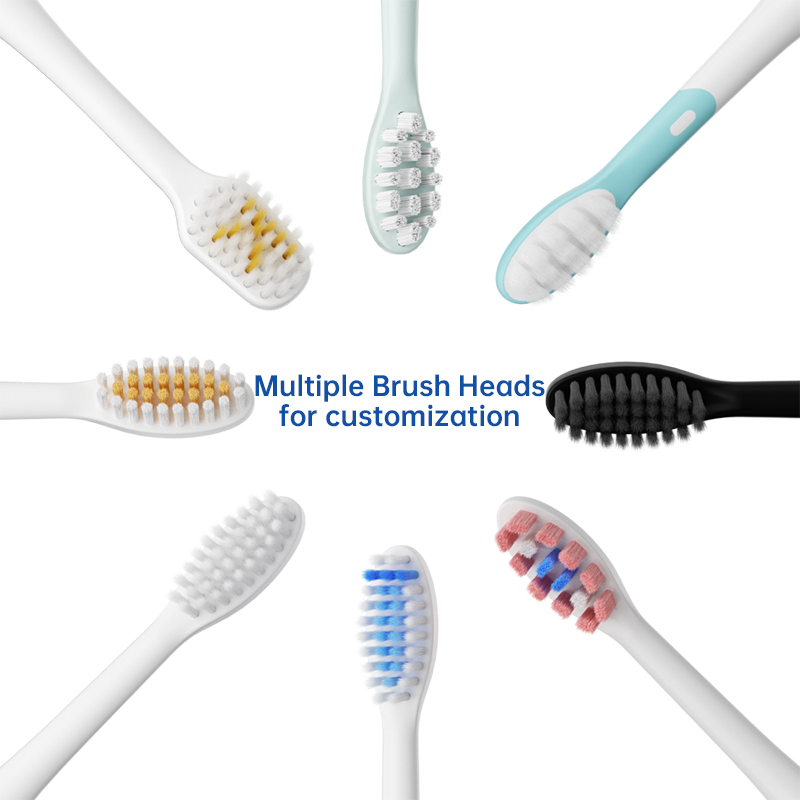In dental device manufacturing and oral appliance engineering, occlusal interference and resulting jaw fatigue are critical yet often overlooked consequences of inadequate product design. When an appliance—whether a night guard, aligner, or occlusal splint—introduces unwanted bite interferences, it can lead to cumulative strain on the masticatory system. Could this be more than just a patient adaptation issue? Does it reflect a fundamental design flaw? This article explores that possibility in depth.
Occlusal interference occurs when a dental device disrupts the natural contact between upper and lower teeth during function or rest. Unlike physiologic occlusion, where contact is evenly distributed and harmonious, interference results in:
These small discrepancies, if consistent, can initiate or aggravate myofascial discomfort and alter the natural bite pattern.
When occlusal surfaces are poorly calibrated, they force the masticatory muscles to work harder to reach a comfortable bite. Over time, this triggers jaw fatigue, marked by:
While these symptoms may appear subjective, their underlying cause is often mechanical, rooted in how the device is engineered and fitted.
Several product design choices directly impact whether occlusal interference occurs:
Failure to anticipate these during design and production can introduce functional conflicts that patients experience as fatigue or pain.
For years, jaw fatigue following use of occlusal devices has been dismissed as temporary adaptation. However, mounting clinical evidence shows that prolonged fatigue:
This positions fatigue not as a harmless byproduct but a warning sign—possibly signaling a mismatch between device mechanics and human physiology.
To avoid jaw fatigue caused by occlusal interference, manufacturers should integrate the following design optimizations:
Proactive innovation at the CAD/CAM stage can significantly reduce user discomfort while enhancing clinical outcomes.
When occlusal interference leads to jaw fatigue, the issue cannot solely be attributed to user tolerance or practitioner error. Often, the root lies in insufficient attention to dynamic occlusion and load management during product development.
For B2B clients, this means scrutinizing whether your occlusal devices are engineered for precision, comfort, and long-term safety. At scale, even small design misalignments can result in widespread user dissatisfaction—or worse, compromised oral health.
Looking to optimize your oral appliance designs to eliminate such flaws? Contact our development team to collaborate on next-generation solutions that deliver both functionality and biomechanical harmony. Contact Kiwibird


The Advantages and Current Usage of Electric Toothbrushes’ cleaning efficincy
.jpg)
Why choose a US toothbrush distributor for ADA toothbrush compliance?
.jpg)
Electric toothbrush customization Chicago

Is a Compact Electric Toothbrush Ideal for Boston Dorms?

POWSMART USA – Innovative Sonic & Smart Electric Toothbrush Manufacturer

USA custom electric toothbrush manufacturer
USA bulk electric toothbrush supplier
.jpg)
Electric toothbrush supplier USA
Tray Deformation Causing Occlusal Discomfort – Fixable?
.jpg)
Private label electric toothbrush Texas
.jpg)
what is the best toothbrush brand recommended by dentists?
.jpg)
Is the Colorado mountain toothbrush really a Colorado durable toothbrush — proven?
Electric toothbrush wholesale Florida
.jpg)
gentle electric toothbrush
which electric toothbrush is best for gum health?
most popular toothbrush brands

electric toothbrush heads Deep Clean

Electric toothbrush heads Charcoal Infused-Diamond

Private Label Whitening Gel

electric toothbrush heads Ultra Soft

electric toothbrush heads Regular Clean

Customization Teeth Whitening Gel
.jpg)
Florida Electric Toothbrush – Powsmart PTR-C8

electric toothbrush heads Charcoal Infuse-Round
whstapp
whstapp
National Toll-Free Service Hotline
+86 755 86238638